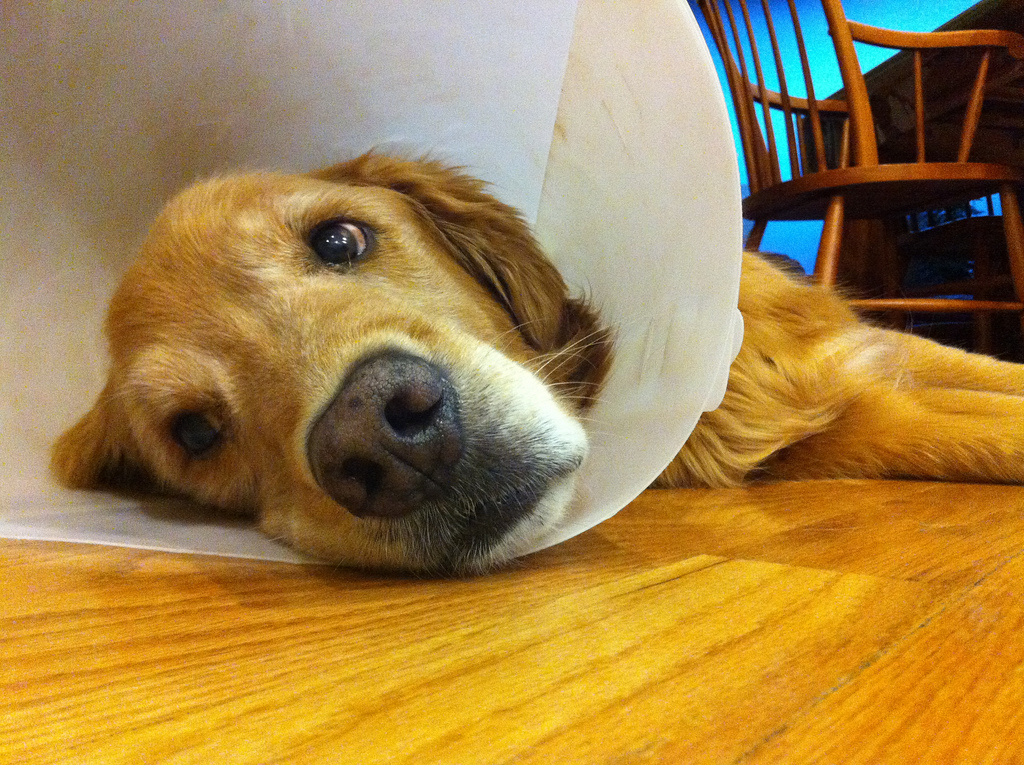
Reading time: 3:52
I called a plumber to repair a dripping faucet in my bathroom. He was prompt, efficient and competent. I asked him about other work I might need done in the future. I just wanted an estimate of the approximate cost. Instead, what followed was a detailed discussion about all the possibilities; shut off valves, taking faucets apart, non-freeze faucets, thickness of walls and on and on.
My eyes started to glaze over after a few minutes. He was knowledgeable as he attempted to explain everything to me and to answer all my questions. I tried so hard to hang in there and make the appropriate responses. Despite my efforts, it was a losing battle. Midway through his long explanation, a horrible thought came to me- Is this the way I sound to my patients?
I’ve always prided myself on educating my patients, but now I was doubting myself. Do I use terms and concepts they don’t understand? Do I go into too much depth, or too little? Am I paying attention to their responses or am I tuning them out? Do I continue on with what I think they should know no matter what? I can get quite passionate about what I say and do. I love to educate a patient who wants to learn. But now I had to ask myself some tough questions. Am I responsive to their needs? Am I making an effort to answer their questions in a way that is meaningful and useful to them?
Tailoring my response to the individual patient has always been a goal of mine. Watching a patient’s facial expressions and body language is an important clue if I’m hitting the mark or talking over their head. For some patients, I go into great depth because their follow up questions and responses show they want to know more. For others, who just want a simple answer, I try and provide that as well.
My experience with the plumber was a great reminder to always stay tuned in to my patients. My answers can establish a valuable connection with my patients. We are all facing increased pressures to see more patients daily and that means less time to make a valuable connection. It becomes more important than ever to maximize that time and make a good impression.
I feel there are some basic rules to enhancing communication. Most apply to any type of conversation, but especially when dealing with technical concepts.
- Don’t use technical jargon. It doesn’t impress patients or make them understand any better. It sounds condescending and makes you sound like a medical snob. Find a way to make it understandable without talking down to patients. Making the effort to be sure they understand shows you respect them. It also conveys the message that they need to take part in their own health care.
- Make eye contact. Whether you’re answering their questions, discussing the results of the exam or telling them the recommended treatment, be certain to look at your patient. Resist the temptation to be entering data on the computer while you’re talking to them. I know this can’t avoided through much of the exam. Today’s electronic records necessitate that we record results as we go through our exam. But be aware, when you are facing the computer, patients can’t read your expressions. For that matter, they can’t hear you as well either. Your head is often turned away and faced downward. Your voice is absorbed and muffled by the surfaces in front of you. This is especially important to remember with elderly patients who often have problems hearing.
- Body language can also speak volumes. Face your patient whenever possible. Make sure you’re open to them. Arms crossed on your chest is a closed off signal. Standing, walking away or placing your hand on the door suggest you are already moving on to the next item on your schedule. All of these give an unconscious message that you are no longer engaged with the patient.
- Explain with simple examples or imagery. Learn to use common sense examples or create visual images that’ll be difficult to forget. Both of these go a long way in creating a powerful memory for the patient. If a patient is well informed and educated, they are more compliant. The time spent explaining also makes a valuable connection between you and your patient. Never waste that opportunity. You may never get another chance if they don’t return to your office.
These suggestions aren’t profound. Nor are they difficult. I suggest listening to yourself explaining some common information. Record yourself if you need to, or have someone else listen and give you a critique. Try and improve your explanation by avoiding all the technical jargon that slips in when we are unaware. Sometimes it’s necessary to use technical terms, but if that’s the case, then define them first.
Listen to your staff too. Everyone in our offices is accustomed to using a shorthand of abbreviations and medical terms when we talk to each other. It’s so easy to slip and use these terms when we speak to our patients. Some patients will ask what you mean. But, many patients will not because they don’t want to look stupid. Make your staff aware of good communication skills. Discuss it at staff meetings or perhaps role play. Have a staff member explain a problem, treatment or a sales presentation to another staff member. Have other staff members make suggestions on how it could be improved. It can be a valuable learning experience for everyone.
No patient should leave without understanding their diagnosis and treatment options. Your patients will notice the time you spent making sure they understood.
What do you do in your office to improve communication? What tools do you use to help patients better understand their conditions? Join the discussion. Write your comments below. Visit our website and social media for other suggestions and free resources to enhance communication skills.


